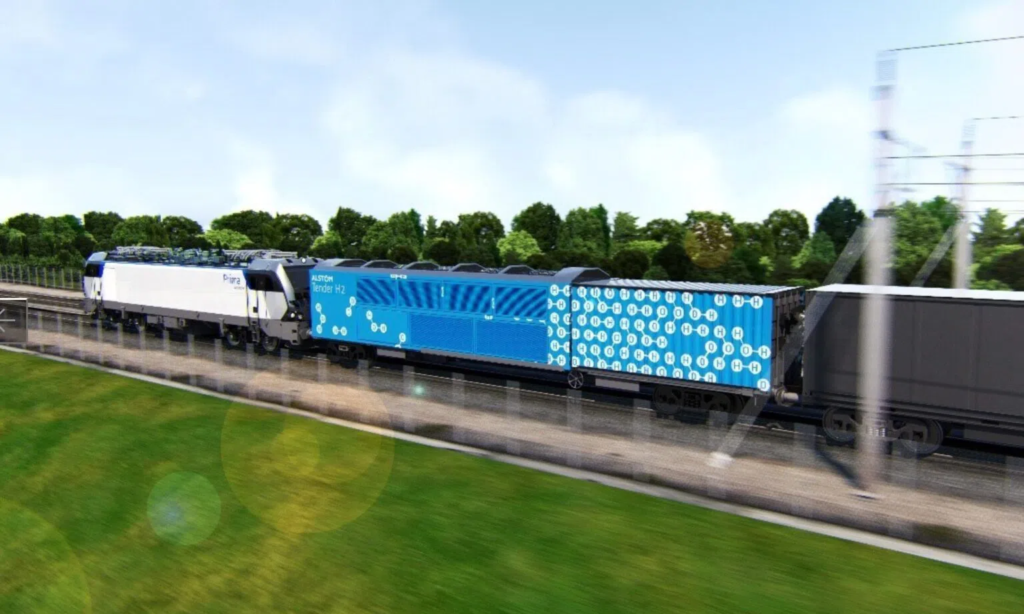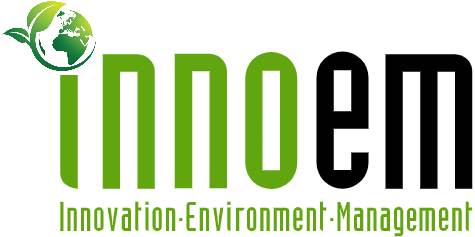
Nestlé Waters will be the first company in Europe to benefit from the hydrogen fuel cell solution for massified rail freight. Developed by Alstom and ENGIE, it is estimated that this project will reduce emissions by 10,000 tons of CO2 equivalent per year in the long term, i.e., the reduction of 90% of its current emissions.
The new hydrogen solution will be developed from a high-powered fuel cell system that can power electric locomotives in non-electrified areas. This solution will be able to transport goods over long distances, on a national and European scale.
From 2025, this freight train powered by electricity from the rail network and from hydrogen in non-electrified sectors will aim to ensure the transport of VITTEL natural mineral water between the factory located in the Vosges and its various distribution centers in France. The dual-mode solution will be composed by a generator wagon incorporating a high-power fuel cell system powered by renewable hydrogen and a line-electric locomotive, all connected by an electrical power cable. The generating wagon will be able to supply the locomotive with electricity without the need of a catenary
An innovative decarbonization system
Nestlé Waters will be the first company to benefit from the hydrogen fuel cell solution for rail freight developed by Alstom and ENGIE under a partnership announced in April 2022.
This solution aims to replace the diesel-powered locomotives, currently used on most lines in France and most European countries. The high-power hydrogen fuel cell system developed by Alstom will power electric locomotives in non-electrified areas and offer a 100% electric solution for rail freight, end-to-end, including to the first and last kilometers, which are rarely electrified.
This solution will make it possible to carry out all freight journeys with the same electric locomotive, powered by the catenary on electrified main lines and by the hydrogen generator wagon in non-electrified areas. In terms of performance, the solution will provide all the power of a catenary-based mainline electric locomotive and enough power with hydrogen energy to pull a freight train over non-electrified line segments. ENGIE will supply the renewable hydrogen for this solution through the deployment of an innovative supply chain.

